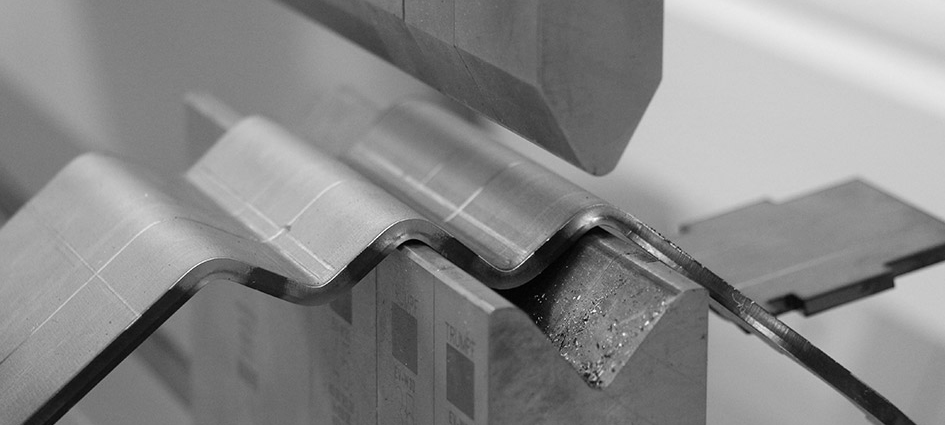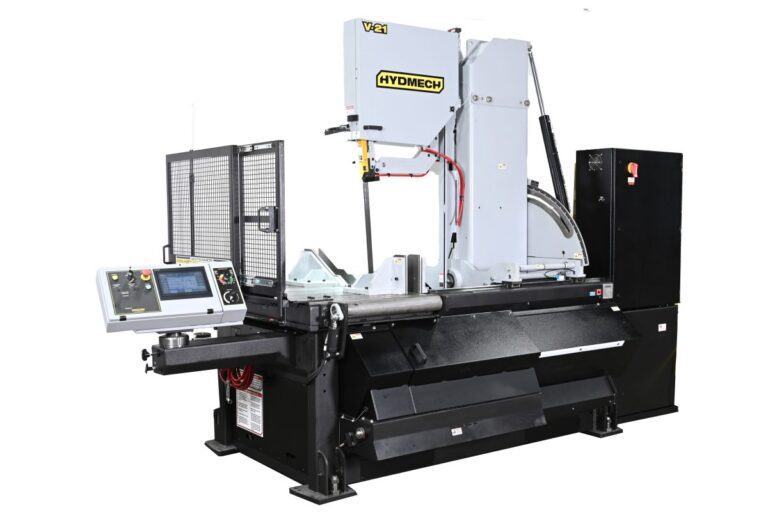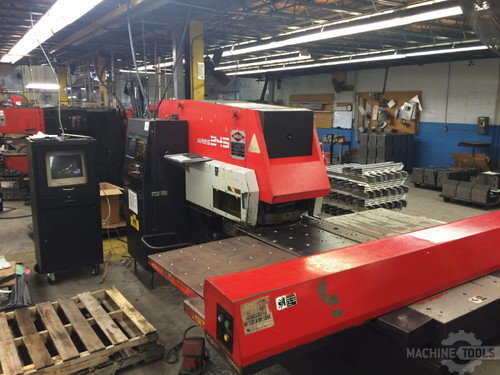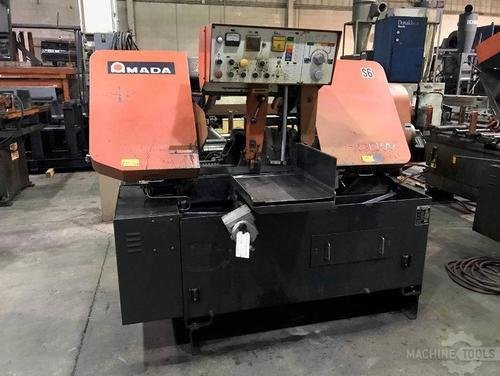Digital Twins and Simulation: The Next Step in Fabrication Efficiency
By Joe Ryan, President of Mac-Tech
In my years leading Mac-Tech, I’ve always approached metal fabrication through a lens sharpened by finance and leadership experience. Understanding the critical balance between operational efficiency and return on investment has shaped how we innovate and serve our clients. The metal fabrication market is evolving rapidly, and technologies like digital twins and simulation are no longer futuristic concepts—they’re essential tools that drive measurable business outcomes. At Mac-Tech, we leverage these advancements to help our customers scale operations, optimize workflows, and ultimately improve their bottom line.
Our strategy is grounded in delivering tangible value. By integrating digital twins and simulation into fabrication processes, we’re enabling manufacturers to reduce waste, anticipate maintenance needs, and accelerate product development cycles. This approach aligns perfectly with my background in finance, where forecasting and risk management are paramount. It’s about making smart investments in technology that pay dividends through enhanced productivity and market responsiveness.
Driving Fabrication ROI Through Digital Twins and Simulation
Digital twins and simulation technologies are revolutionizing how fabrication businesses approach operational efficiency. From my perspective, the greatest ROI comes from the ability to model and test fabrication workflows virtually before committing resources on the shop floor. This reduces costly trial-and-error and downtime, enabling companies to scale their operations without proportionally increasing overhead. Lean analysis becomes far more precise when you can simulate production runs and identify bottlenecks or quality issues in advance.
Financially, this means better capital allocation and improved cash flow management. By forecasting production outcomes and maintenance schedules through digital twins, companies can avoid unexpected expenses and optimize inventory levels. At Mac-Tech, we’ve integrated these capabilities into our machinery and software solutions, allowing clients to import design data directly into simulation environments. This seamless flow from design to fabrication ensures that investments in equipment and labor translate into predictable, profitable results.
Maximize Savings on Metal Fabrication Software with Section 179
Mac-Tech’s Strategic Edge in Metal Fabrication Innovation
At Mac-Tech, our commitment to innovation is driven by a deep understanding of both metal fabrication challenges and financial imperatives. We’ve developed a portfolio of advanced machines and software that incorporate digital twins and simulation as core components. This empowers our clients to implement lean manufacturing principles more effectively, reducing cycle times and improving throughput without sacrificing quality.
Our solutions also support scalability, a critical factor for businesses looking to expand market share. By providing tools that enable precise process control and predictive analytics, we help fabricators manage complexity as they grow. From importing CAD models into simulation platforms to real-time monitoring of fabrication lines, Mac-Tech’s offerings bridge the gap between cutting-edge technology and practical business needs. This strategic edge positions our clients to capitalize on market growth opportunities while maintaining strong financial discipline.
What is the typical ROI timeframe when implementing digital twin technology in fabrication?
ROI timelines vary depending on the scale of implementation, but companies often see measurable improvements within 12 to 18 months. My financial background tells me that early gains come from reduced downtime and scrap, with longer-term benefits from optimized maintenance and production planning.
How can digital twins help in managing operational costs during market expansion?
Digital twins allow businesses to simulate increased production volumes and identify resource constraints before scaling. This foresight helps control operational costs by preventing overinvestment in labor or materials, aligning well with fixed income principles of managing cash flow predictability.
Are there specific Mac-Tech machines designed to integrate with simulation software?
Yes, many of our latest fabrication systems come equipped with interfaces that support direct import of CAD and simulation data. This integration streamlines workflows and enhances accuracy, which is crucial for lean manufacturing and financial efficiency.
How does simulation technology impact product development cycles?
Simulation accelerates product development by enabling virtual testing and iteration. This reduces the need for physical prototypes, cutting costs and shortening time-to-market—key factors in maintaining competitive advantage and improving ROI.
What financial risks should companies consider when adopting digital twin solutions?
While upfront investment can be significant, the financial risks are mitigated by thorough cost-benefit analysis and phased implementation strategies. Drawing from my experience in futures and fixed income, I recommend hedging technology investments with pilot projects and scalable rollouts to manage exposure.
I invite you to connect with me directly to discuss how Mac-Tech’s digital twin and simulation solutions can transform your fabrication operations. Together, we can explore tailored strategies that align with your business goals and financial objectives. Let’s take the next step toward greater efficiency and profitability.
Get Weekly Mac-Tech News & Updates






